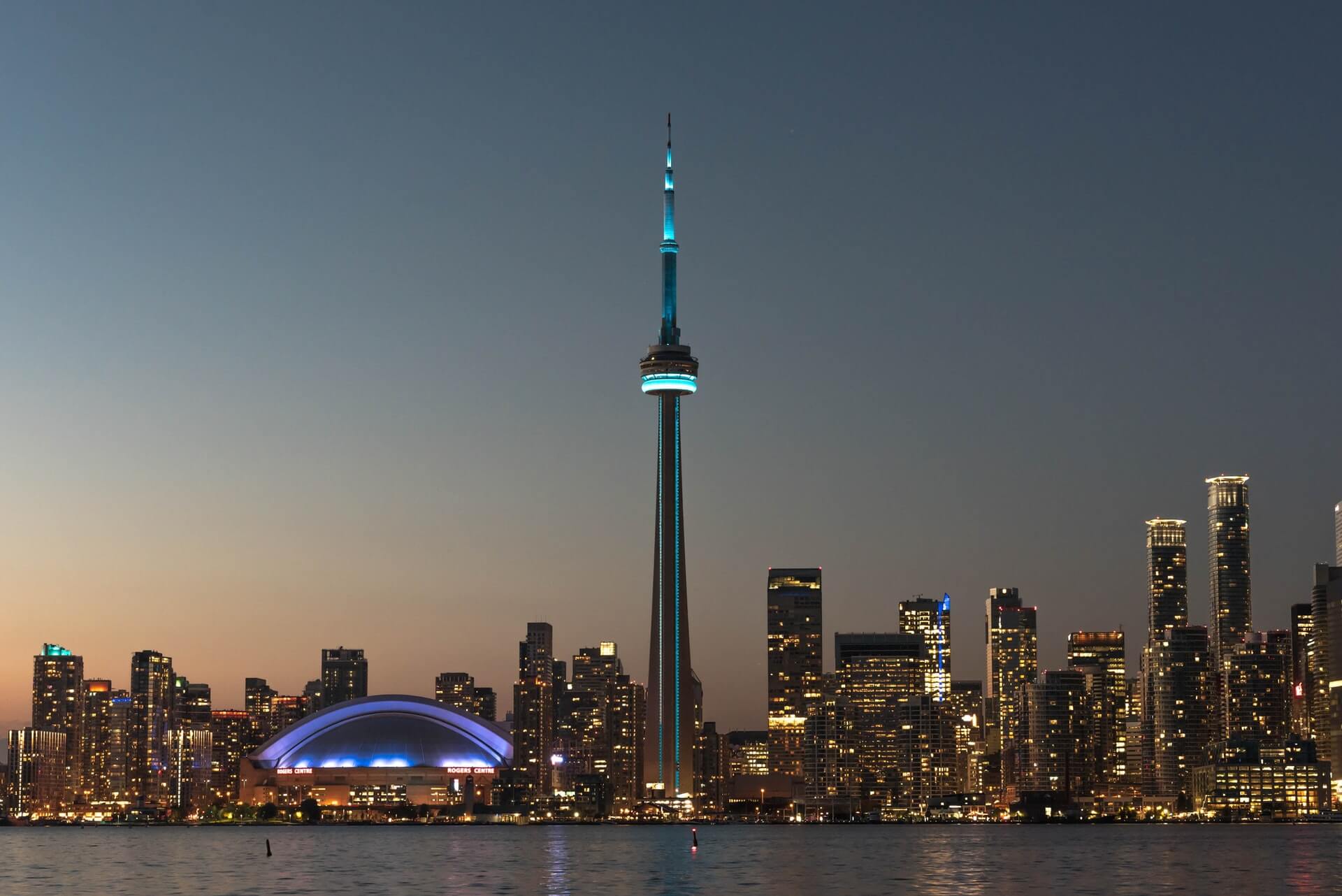Restrictions: What’s Different in Ontario?
by David Klemt

Changes involving Covid-19 restrictions have come to the province of Ontario, Canada, the location of the global KRG Hospitality headquarters.
Las Vegas is home to KRG’s American headquarters. The state of Nevada eliminated its indoor mask mandate nearly three weeks ago.
Ontario’s restriction-easing plans should be welcome news for current and future operators throughout the province.
Per Ontario premiers, these changes are due to a reduction in Covid-19 hospitalizations. Reportedly, further pandemic-related changes are due today, with more coming down March 14.
What’s Different Now?
Most notably, indoor capacity restrictions for restaurants and bars are no longer in place. However, this is somewhat nuanced at the moment.
Per the current reading of Ontario’s public health measures, only venues that require proof of vaccination may return to 100-percent indoor capacity.
As the order reads, the following businesses are subject to “no capacity limits [indoors]…where proof of vaccination is required:
- restaurants, bars and other food or drink establishments without dance facilities;
- casinos, bingo halls and other gaming establishments;
- cinemas; and
- indoor areas of other settings that choose to “opt-in” to proof of vaccination requirements.
Operators of stadiums, arenas, and concert venues may now operate at 50-percent capacity
Nightclubs and other establishments that serve food and/or drink and have “dance facilities” and also require proof of vaccination are restricted to an indoor capacity of 25 percent.
Again, these changes are reportedly temporary. The province’s premiers and several outlets report that Covid-19 restrictions will be lifted further in March.
What Else is Changing?
Clearly, the biggest planned change involves proof of vaccination.
The province of Ontario appears to be embracing optimism. Additionally, one can argue that premiers are choosing to reward Ontarians for helping drive down hospitalization rates.
Should the plan be followed, should hospitalizations not increase, proof-of-vaccination requirements will be lifted March 1. In fact, Ontario’s mandatory vaccine passport system will also be lifted on March 1 if everything goes to plan.
Additionally, indoor capacity limits will return to 100 percent “in all indoor public settings.”
However, on March 1, face coverings and the “active/passive” screening of guests will remain in place. Also, operators can choose to require proof of vaccination voluntarily.
Reporting on what to expect by March 14 is murky. Analyzing Ontario premier Doug Ford’s words regarding these developments may offer a clue.
“We will need to keep masking in place for just a little bit longer,” said Ford. Perhaps Ontario can expect mask requirements to be lifted by or on March 14.
Of course, a certain level of skepticism regarding Ontario’s restriction-lifting plan is justified. Optimism is healthy but it’s not a business strategy.
That said, allowing for cautious optimism, the province’s plans is still welcome news. If Ontarians remain patient and vigilant, life and operations may return to normal in just three to four weeks.
